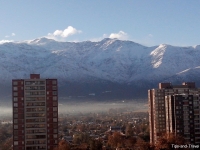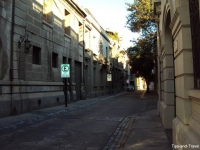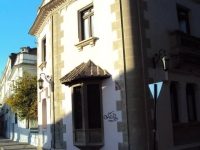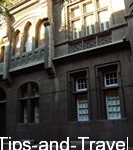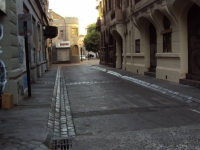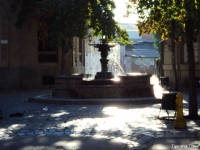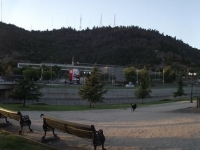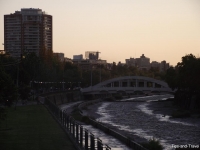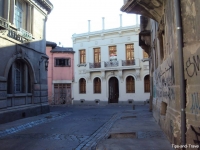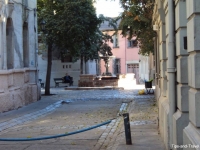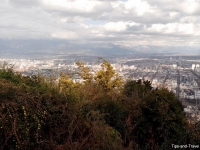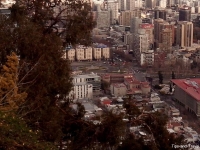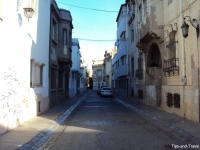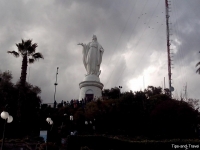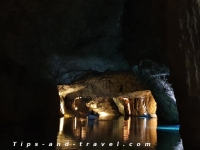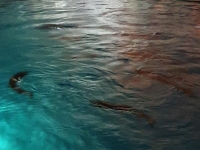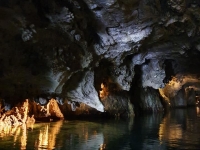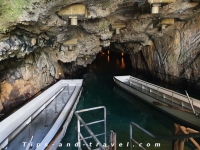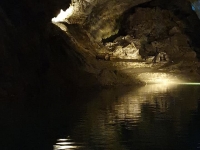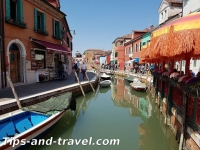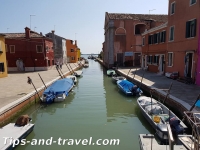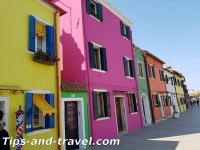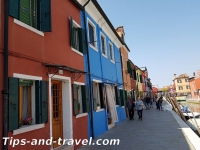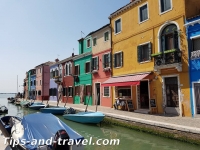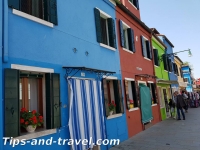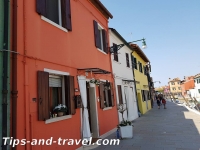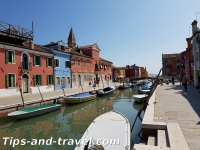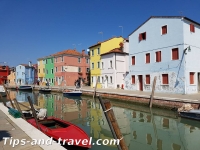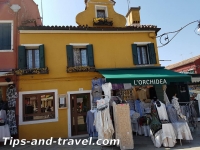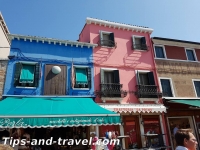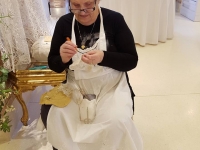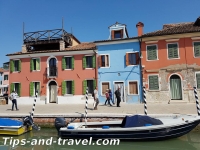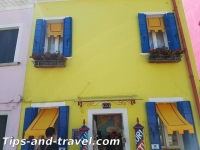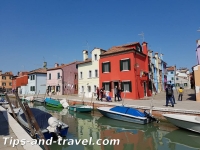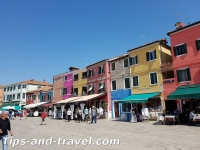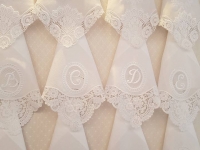Santiago de Chile, capital of Chile, is crossed by the Mapocho River with the beautiful scenery of the Andes. Although these mountains provide a beautiful backdrop to the city, they also cause the development of pollution clouds especially in winter. It is a modern metropolis with several theaters, restaurants, shopping malls and universities. It also houses the Grande Torre Santiago (Great Tower) considered the greatest Latin American building. The city has the metro and there is also a motorway partly underground. Unfortunately, Chile is a seismic country and it always can have an earthquake.
Tips
Every day at 10:00 and at 15:00 there is a guided free tour of the city of about 4 hours. The appointment is at Plaza de Armas (Square of Arms). You must usually give a tip to the guide. If you want a beautiful view of Santiago, take the cable car and go to the San Cristobal’ Hill. A statue of the Virgin dominates the summit and there is also a zoo. There is another hill, Santa Lucia, in the center of the city where you could also have a good view if there is no pollution. At the Aviation Square you can see a set of water colors in the evening. Visit its old quarter Concha y Toro that is characterized for having paved streets with ancient houses that reflect the elegance and richness that prevailed in the early twentieth century.
